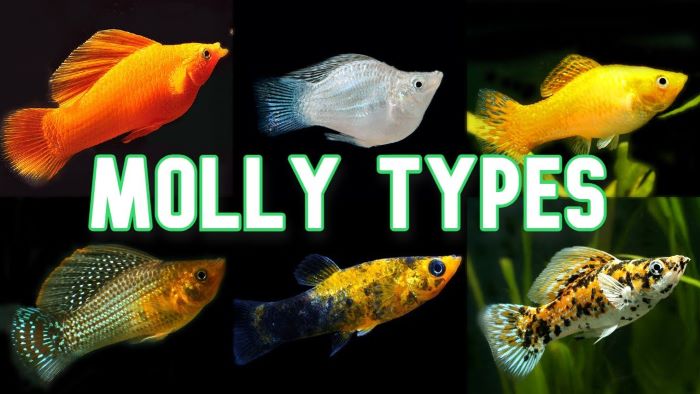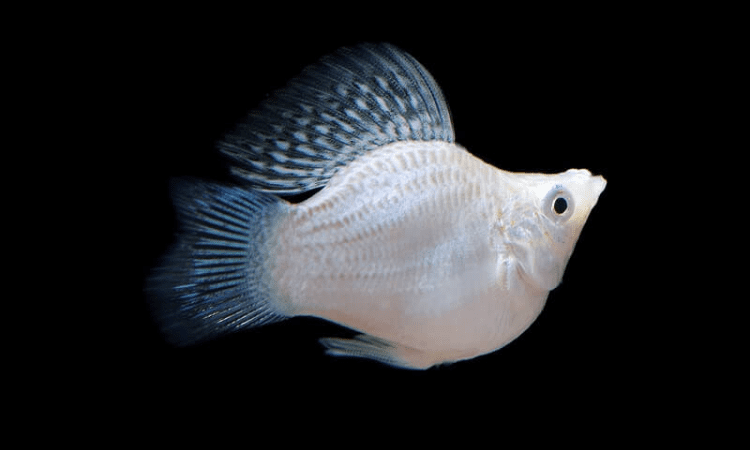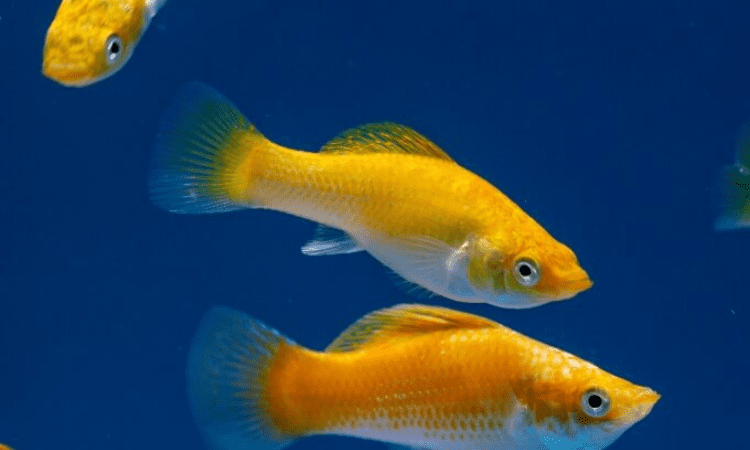Molly Fish Care Types Food Lifespan More: Hello, fellow aquatic animal enthusiasts! Today, we will delve into the fascinating world of molly fish care. If you’re new to raising Molly fish, this guide will show you the ropes. It will explain the different kinds, how to choose the right food for them, how to extend their lives, and much more. Are you ready for an exciting trip with fins? Working together, we can make caring for Molly fish an unforgettable experience!
Table of Contents
Introducing the Many Molly Fish Varieties:

Cross-Variety Navigation:
Many other kinds of mollies are available, such as balloon mollies, black mollies, and Dalmatian mollies. Each species brings its unique appeal to your aquatic scene, much like assembling a diverse ensemble for your underwater play.
Tank Tailoring Requirements:
varied types of Molly may have varied tank needs. Make sure your Molly buddies have the conditions they need by adjusting the tank’s temperature, pH, and vegetation. It’s not dissimilar from creating unique dwellings for your aquatic companions.
An Epicurean Adventure with Molly Fish Food
Food that is Molly-Comfortable:
Because of their omnivorous diet, molly fish can eat both plants and animals. Incorporate premium flakes and pellets into a balanced diet that occasionally includes treats like brine prawns or daphnia. Bringing your fish friends a gourmet meal is the best way to put it.
What Gives Molly Life Its Spice:
Vary the foods they eat. Just like their natural predators, molly fish eat a wide variety of foods. Imagine surprising them with a culinary adventure that will have them looking forward to each meal.
Mystery Solved: How Long Do Molly Fish Live?
The Way Forward:
Molly fish have an impressive life expectancy of five years or more with the right treatment. Create a welcoming environment, maintain clean water, and then sit back and enjoy the ride of a lifetime with your Molly buddies.
Cultivating Joy
A molly fish’s reproductive rate is substantial. Get your tank planted and provide hiding spots for the fry if you’re ready to hear the pitter-patter of little fins. Planning a family gathering in your aquarium is a good analogy.
Tank Partners for Social Peace:
Choosing Compatible Partners:
Because of their docile nature, molly fish make wonderful pets for schools of fish. When choosing fish to keep in your aquarium, stick to species that aren’t aggressive and have similar water parameter needs. Planning a harmonious underwater village is a good analogy.
Structures of Mollies:
Learn Molly’s organisational structure. If there are more females than boys, it can help break the spotlight and make them feel more comfortable interacting with one another. Put it this way: it’s the social ecology of your tank being maintained.
Challenges and Health Knowledge:
Potential Health Issues:
Molly fish, like any creature that lives in water, can experience health problems. Inspect the area for signs of disease, such as fin rot or ich. Helping a buddy out quickly is like giving them first aid; you want to make sure they get well completely.
Preserving the Calibre of Water:
When it comes to water quality, molly fish are picky. Regular water changes, good filtration, and stable parameters all contribute to their overall well-being. Just imagine providing your aquatic pals with a cleaner, healthier habitat.

Harmony in the Water and Molly Behaviour:
Relationship Building:
As captivating as an underwater play, Molly is a sight to behold in motion. The social behaviour of these fish is quite active, and they often swim in schools. Having companions enhances their living conditions and promotes a thriving aquatic ecosystem.
Challenging Images:
Molly fish are famous for their vibrant colours. Their vibrant colours are a product of a healthy environment, well-rounded food, and attentive care. Each of Molly’s strokes adds a new dimension to the composition, making it seem like you’re seeing a live, breathing underwater artwork.
Molly Fish Breeding Tips:
Livebearers’ Wonders:
Molly fish are considered livebearers since they do not lay eggs but rather hatch live fry. Witnessing the birth of Molly Fry is like witnessing a natural phenomenon in your very own aquarium. For newborns to thrive, make sure there are ample hiding spots.
Extracting the Frying:
Consider moving the fry to a separate breeding tank if you’re worried about it being eaten. When you separate the fry until they’re large enough to join the main tank, it’s like having a nursery for your new aquatic family members.
Addressing the Unique Requirements of Mollies:
What About Salt?
A small bit of a specific kind of salt is all that’s needed for a molly’s aquarium. Incorporating salt into the water helps prevent some diseases while also mimicking their natural habitat. It’s like adding flavour to their environment to make it healthier.
My Preferences in Plants:
Mole holes are attractive to moles because they provide both food and aesthetic value to the area. Including live plants is like giving them a salad: it helps their physical and mental health.
Reasons Why Tank Maintenance Is Crucial
Tracking Water Quality Indicators:
Maintain consistent monitoring of the water’s parameters. Mollies prefer somewhat acidic water with a pH of 7.5 to 8.2. It’s no different than making sure a comfortable house has all the necessities for a family.
Either Filtration or Aeration:
It is necessary to have good filtration and aeration for Molly fish. Water with adequate oxygenation is ideal for these active swimmers. Imagine it as providing them with a constant flow of freshwater air.
Last Thoughts: At Ease Through the Molly Fish Seas
As you embark on the journey of caring for Molly fish, keep in mind that each species brings a unique flavour to your aquatic artwork. From the gastronomic delights to the understanding of their lifecycle, the promotion of social harmony, and the conquering of obstacles—you’re a Molly maestro, not simply a fish enthusiast. I hope you’re able to navigate the waters with your Molly fish and make your aquarium a haven for these fun fish. Hooray for fishkeeping!
I hope you like the part where we talked about Molly Fish Care Types Food Lifespan More. For more content like this, visit our website centralpetsandaquariums.com.





